Option Chain
highlighted Delta: When trading Out of The Money (OTM) options, experienced traders choose those strikes with a delta between 0.30 and 0.39 for several reasons
-
Balanced Risk and Reward:This delta range indicates a roughly 30% chance of expiring in-the-money, balancing cost and probability effectively.
Cost Efficiency: Options in this range are more affordable than in-the-money options, making them a practical choice for leveraging positions in high-priced securities like SPY.
-
Moderate Price Sensitivity: With a delta of 0.30 to 0.39, the option price moderately responds to SPY price changes, offering a balanced risk-return profile.
-
Slower Time Decay:These options experience slower time decay, advantageous if the anticipated market move is delayed.
-
Hedging Utility:They are also suitable for hedging, thanks to their reasonable cost and fair chance of expiring in-the-money.
The OTM call in that row (strike) has a 30% to 40% chance of being in the money by expiration.
The OTM put in that row (strike) has a 30% to 40% chance of being in the money by expiration.
For theta trading, use delta 0.15 to 0.21 to write calls and puts with a likelihood of more than 80% to remain OTM and expire worthless.
Dollar GEX (Gamma Exposure) measures market makers' hedging pressure. A positive GEX, like $1.2 million, reduces volatility as market makers buy dips and sell rips, stabilizing prices. A negative GEX increases volatility, leading to larger price swings. Higher GEX signals stability, while lower or negative GEX suggests more market movement.
Dollar DEX (Delta Exposure) shows market makers' directional bias. A positive DEX, such as $1.5 million, indicates bullish pressure as market makers buy stock, while a negative DEX suggests bearish pressure as they sell. DEX helps gauge momentum, while GEX indicates price stability and volatility. Together, they provide insights into market trends and potential reversals.
IVx: Implied volatility index derived from a weighted average of volatility of multiple near-term option expiries, used to gauge overall ticker volatility.
IVx Skew: The difference between call and put IVx, showing imbalance in volatility expectations between bullish and bearish options.
VEM (IVx-based Expected Move): A volatility-based expected move derived from IVx and time to expiration, used to forecast potential price ranges statistically.
DEM (Demand-Based Expected Move): An expected move calculated directly from actual options pricing relative to historical past, reflecting real-time option market demand and positioning.
Delta Skew: The imbalance or skew between the average delta of ITM puts and calls, highlighting directional bias or asymmetry in option demand.
Delta Skew Weighted: Delta skew adjusted by the relative open interest or notional value to highlight skew intensity on more liquid strikes.
Gamma Imbalance: The difference between aggregate gamma in calls vs. puts, indicating where market makers may face hedging pressure.
Gamma Imbalance Weighted: Gamma imbalance adjusted for open interest or dollar exposure, providing a clearer signal of dealer hedging risks.
Cumulative $GEX: The sum of absolute positive and negative dollar gamma exposures across major strikes for a specific expiry, highlighting total hedging activity regardless of direction. The top 3 levels are identified and color-coded, often acting as key dealer support and resistance zones with a magnetic effect on price.
Net $GEX: The net dollar gamma exposure at a specific expiry, calculated by subtracting negative $GEX from positive $GEX, showing directional hedging pressure. The top 3 levels are identified and color-coded, frequently acting as momentum drivers where dealer hedging flows can repel or accelerate price away from these zones if the value is much larger than the cumulative $GEX.
Cumulative $DEX: The sum of absolute positive and negative dollar delta exposures across major strikes for a specific expiry, reflecting total directional dollar flows. The top 3 levels are identified and color-coded, often acting as key dealer support and resistance zones with a magnetic effect on price.
Net $DEX: The net dollar delta exposure at a specific expiry, calculated by subtracting negative $DEX from positive $DEX, revealing whether market makers face net bullish or bearish positioning. The top 3 levels are identified and color-coded, frequently acting as momentum drivers where dealer hedging flows can repel or accelerate price away from these zones if the value is much larger than the cumulative $DEX.
SD1 Line (1 Standard Deviation away from the current price): The expected 1 standard deviation daily price move based on IVx and demand-based pricing, commonly capturing ~68% of price action.
SD2 Line (2 Standard Deviations away from the current price): The expected 2 standard deviation daily price move based on IVx and demand-based pricing, commonly capturing ~95% of price action.
